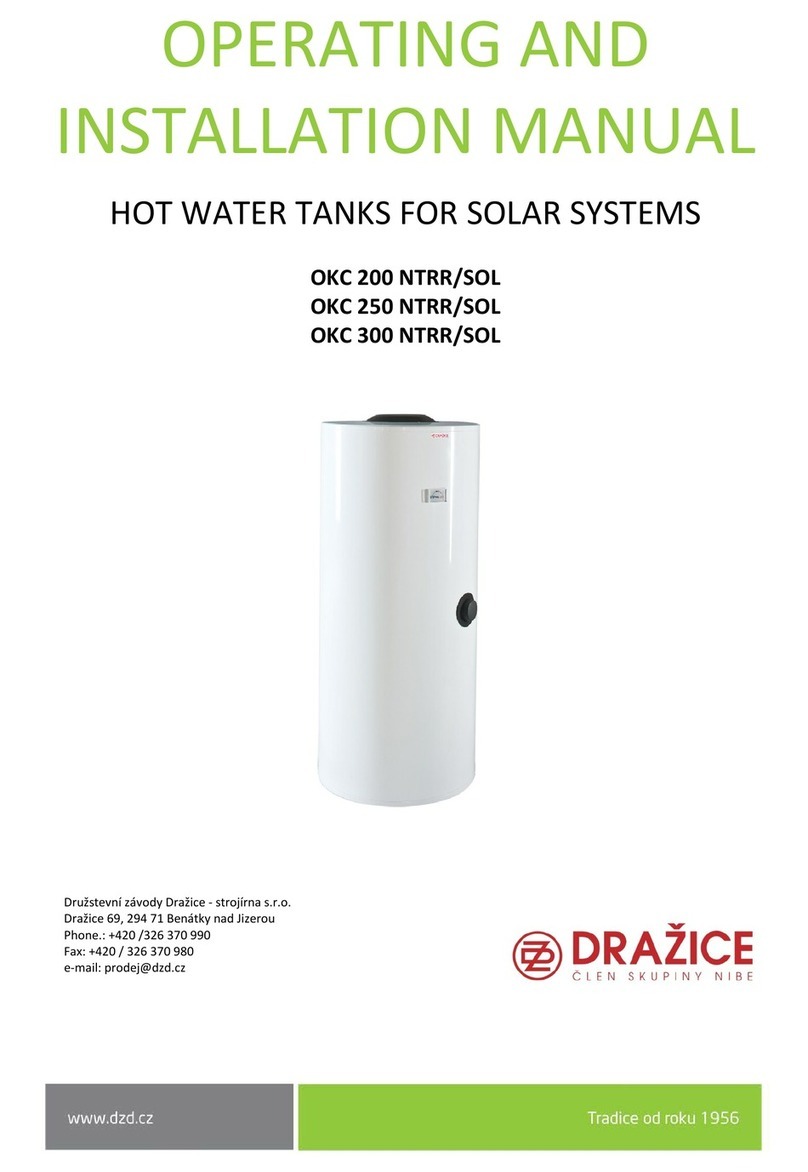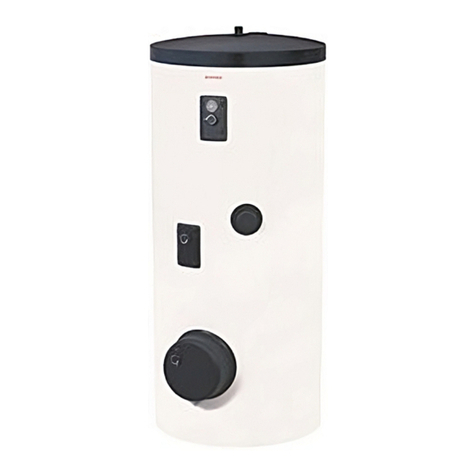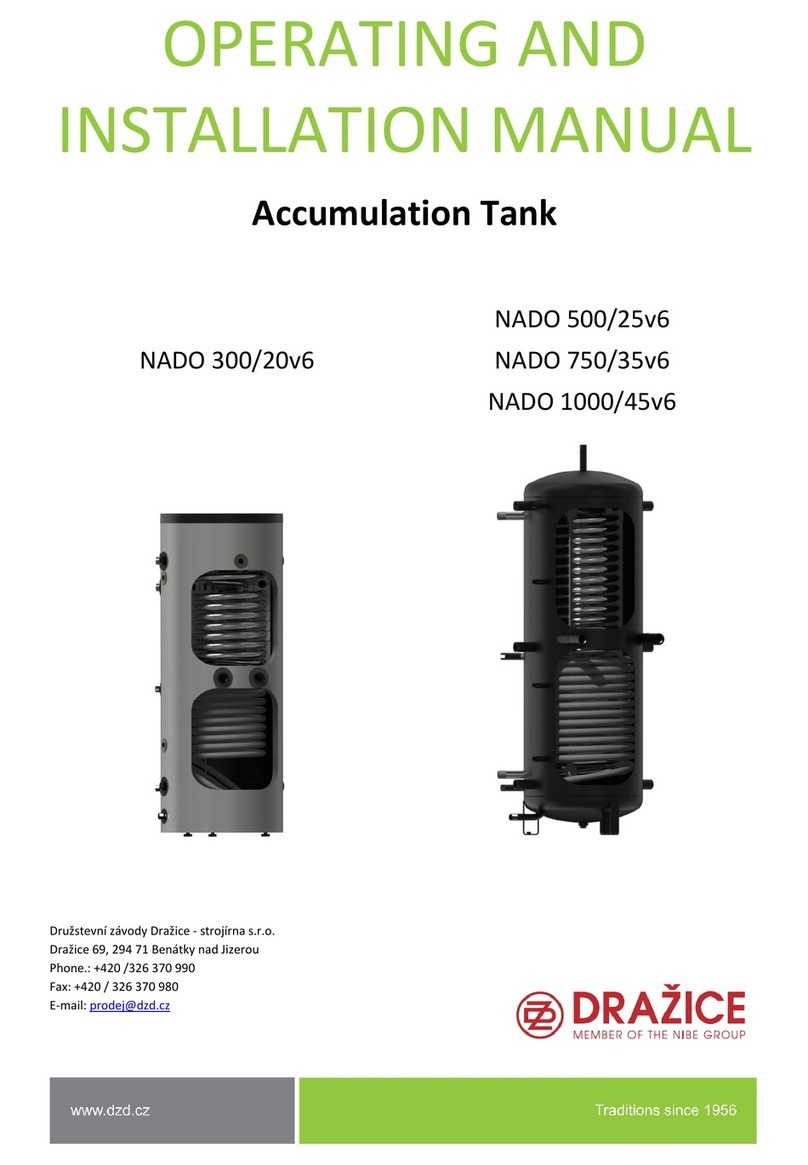- 2 -
CONTENTS
1PRODUCT TECHNICAL SPECIFICATION....................................................................................................... 4
1.1 FUNCTION DESCRIPTION ................................................................................................................... 4
1.2 ADVICE FOR CUSTOMERS .................................................................................................................. 4
1.2.1 HOT WATER CONSUMPTION ..................................................................................................... 4
1.2.2 ENERGY SAVING......................................................................................................................... 4
1.2.3 EMERGENCY POWER CONSUMPTION ....................................................................................... 5
1.3 DESIGN AND GENERAL HEATER DIMENSIONS................................................................................... 6
2OPERATION AND FITTING INSTRUCTIONS............................................................................................... 17
2.1 OPERATING CONDITIONS ................................................................................................................ 17
2.2 WALL MOUNTING............................................................................................................................ 17
2.3 PLUMBING FIXTURE......................................................................................................................... 18
2.4 ELECTRICAL INSTALLATION.............................................................................................................. 21
2.4.1 GENERAL INFORMATION for ELECTRICAL INSTALLATION ....................................................... 21
2.4.2 ELECTRONIC THERMOSTAT WIRING METHODS ...................................................................... 21
2.5 CONNECTION OF INDIRECT TANK TO HOT WATER SYSTEM............................................................ 22
2.6 FIRST COMMISSIONING................................................................................................................... 22
2.7 PUTTING OUT OF SERVICE, DISCHARGE .......................................................................................... 23
2.8 INSPECTION, MAINTENANCE & CARE FOR THE APPLIANCE............................................................ 24
2.9 MOST FREQUENT FUNCTION FAILURES AND THEIR CAUSES .......................................................... 25
3OPERATION OF THEROMSTAT................................................................................................................. 25
3.1 SERVICING........................................................................................................................................ 25
3.1.1 OPERATING DEVICES OF THE TANK ......................................................................................... 25
3.1.2 TEMPERATURE SETTING .......................................................................................................... 27
4IMPORTANT NOTICES .............................................................................................................................. 28
4.1 INSTALLATION REGULATIONS.......................................................................................................... 28
4.2 SPARE PARTS.................................................................................................................................... 28
4.3 DISPOSAL OF PACKAGING MATERIAL AND NON-FUNCTIONING APPLIANCE .................................28































